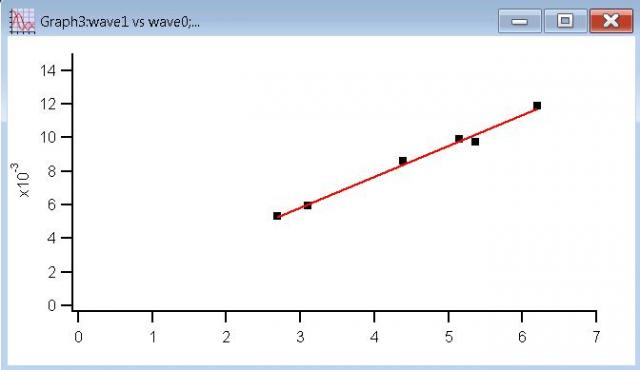

Homotypic fusion of ER membranes requires the dynamin-like GTPase atlastin. Mitofusin 1 and 2 play distinct roles in mitochondrial fusion reactions via GTPase activity. Structural basis of mitochondrial tethering by mitofusin complexes. Complex lipid requirements for SNARE- and SNARE chaperone-dependent membrane fusion. SNAREpins: minimal machinery for membrane fusion. Cardiolipin externalization to the outer mitochondrial membrane acts as an elimination signal for mitophagy in neuronal cells. A common lipid links Mfn-mediated mitochondrial fusion and SNARE-regulated exocytosis. Cardiolipin provides specificity for targeting of tBid to mitochondria. Cardiolipin, a critical determinant of mitochondrial carrier protein assembly and function. Mitofusins and OPA1 mediate sequential steps in mitochondrial membrane fusion. Conformational changes in BAK, a pore-forming proapoptotic Bcl-2 family member, upon membrane insertion and direct evidence for the existence of BH3-BH3 contact interface in BAK homo-oligomers. The dynamin-related protein Mgm1p assembles into oligomers and hydrolyzes GTP to function in mitochondrial membrane fusion. Efficient silkworm expression of human GPCR (nociceptin receptor) by a Bombyx mori bacmid DNA system. Mitochondrial inner-membrane fusion and crista maintenance requires the dynamin-related GTPase Mgm1. Coassembly of Mgm1 isoforms requires cardiolipin and mediates mitochondrial inner membrane fusion. Alternative topogenesis of Mgm1 and mitochondrial morphology depend on ATP and a functional import motor. Herlan, M., Bornhovd, C., Hell, K., Neupert, W. Mitochondrial membrane remodelling regulated by a conserved rhomboid protease. OPA1 controls apoptotic cristae remodeling independently from mitochondrial fusion. Loss of the intermembrane space protein Mgm1/OPA1 induces swelling and localized constrictions along the lengths of mitochondria. The i-AAA protease YME1L and OMA1 cleave OPA1 to balance mitochondrial fusion and fission. Nuclear gene OPA1, encoding a mitochondrial dynamin-related protein, is mutated in dominant optic atrophy. Regulation of mitochondrial morphology through proteolytic cleavage of OPA1. OPA1 processing in cell death and disease-the long and short of it.

Mito-morphosis: mitochondrial fusion, fission, and cristae remodeling as key mediators of cellular function. Thus, multiple OPA1 functions are modulated by local CL conditions for regulation of mitochondrial morphology and quality control.įriedman, J. In contrast, independent of CL, a homotypic trans-OPA1 interaction mediates membrane tethering, thereby supporting the cristae structure. These results unveil the most minimal intracellular membrane fusion machinery. GTP-independent membrane tethering through L-OPA1 and CL primes the subsequent GTP-hydrolysis-dependent fusion, which can be modulated by the presence of S-OPA1. We reconstituted an in vitro membrane fusion reaction using purified human L-OPA1 protein expressed in silkworm, and found that L-OPA1 on one side of the membrane and CL on the other side are sufficient for fusion. Here, we showed that L-OPA1 and cardiolipin (CL) cooperate in heterotypic mitochondrial IM fusion. However, molecular details of the selective mitochondrial fusion are less well understood. Under mitochondria-stress conditions, membrane-anchored L-OPA1 is proteolytically cleaved to form peripheral S-OPA1, leading to the selection of damaged mitochondria for mitophagy 2, 3, 4. Optic atrophy 1 (OPA1) is an essential GTPase protein for both mitochondrial inner membrane (IM) fusion and cristae morphology 1, 2. Mitochondria are highly dynamic organelles that undergo frequent fusion and fission.


 0 kommentar(er)
0 kommentar(er)
